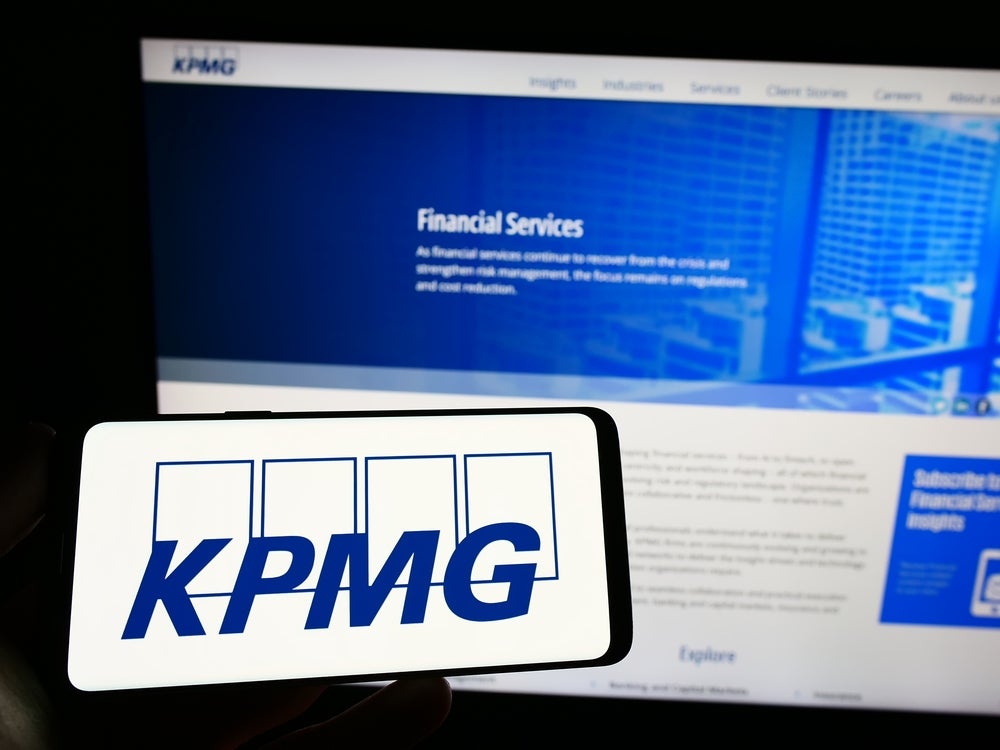According to findings of the World Retail Banking Report
2012, released by Capgemini and Efma, 60% consumer globally
are expected to use mobile banking by 2015 – even though the
channel is currently offering the least positive customer
experience. RBI takes a look at some revelations and
suggestions from the report
By 2015, more than 60% of customers worldwide
will likely be using mobile banking, according to the ninth annual
World Retail Banking Report 2012 released by Capgemini and
Efma on 26 April.
According to the World Retail Banking
Report 2012, although mobile banking is currently offering the
least positive customer experience, it has also shown most amount
of improvement amongst all banking channels.
The report reveals that mobile banking
services have yet to be fully leveraged and to succeed in this
market, lenders will need to align their mobile strategies to
better fit the size, profile and region of their targeted customer
segments.
While the biggest percentage of users by 2015
is expected to be the people who use mobile banking a couple
of times a year (18.5%), the number of daily users is expected to
increase from 2% to 9.8%.
How well do you really know your competitors?
Access the most comprehensive Company Profiles on the market, powered by GlobalData. Save hours of research. Gain competitive edge.

Thank you!
Your download email will arrive shortly
Not ready to buy yet? Download a free sample
We are confident about the unique quality of our Company Profiles. However, we want you to make the most beneficial decision for your business, so we offer a free sample that you can download by submitting the below form
By GlobalDataThe number of smartphone users is projected to
increase to 631m by 2015, up from 172m in 2009, according to the
World Retail Banking Report 2012. Despite this growth,
basic mobile phones still heavily outnumber smartphones, making
them an important part of an effective mobile banking strategy.
The Capgemini and Efma report also reveals
that whether mobile will eventually surpasses the internet as the
most preferred channel may depend on the quality of services
offered by banks, alongside their ease of use. A more likely
scenario, however, is mobile banking beginning a growth path due to
security concerns getting resolved.
Jean Lassignardie, global head of sales and
marketing for Capgemini Financial Services, says:
“Banks should be applauded for taking the
necessary, initial steps to sustain customer relationships.
“However, as more non-bank competitors
enter the market, banks must differentiate by building
innovative products, improving channel management and service, and
enhancing their mobile offerings.”
The report findings show that though customers
are still distrustful of the industry, they have become
increasingly accepting of nonbank alternatives, and social media is
giving consumers an opportunity to publicly explore them.
Also, despite low levels of trust, confidence,
and loyalty, customer satisfaction with banks remains high in most
regions.
According to the Capgemini and Efma report,
customers in North America are most satisfied with their banks
(80%), followed by customers in Central Europe (71%), Latin America
(69%), Western Europe (66%), and Asia Pacific (53%).
Canada emerged as the country with the most
customers expressing satisfaction with their banks, at 82%,
followed closely by customers in Switzerland (79%), the US (78%),
India (78%), and the Philippines (78%).
The five countries with the biggest gains in
positive customer experience in 2012, compared to 2011, are all
European.
Banks in the two biggest gainer countries –
Norway, with an increase of 12.3% and Netherlands, with an increase
of 10.9% – have been investing in new channels and customer-focused
technologies, the report reveals.
Norwegian lender, DnB, introduced a new web
and online bank platforms, as well as 24/7 customer service channel
in 2011. In Netherlands, a growing number of customers adopted
mobile banking in 2011. Several big Dutch banks have started
providing personal financial management tools to help customers
optimise their finances as well.
Channel performance is a key element of the
customer experience, and according to the World Retail Banking
Report 2012, the branch and the internet remained the most
important channels, with roughly 70% to 90% of customers in all
regions citing them as so.
On the whole, the World Retail Banking
Report 2012 further reveals that the number of bank customers
citing a “positive customer experience” has increased by 7%
globally, from 2011, but customer retention is in flux.
According to the report, Customer Experience
Index (CEI) was surveyed among over 18,000 bank customers across 35
countries, and 9% of customers have expressed their likeliness to
leave their banks in the next six months, while 40% are unsure
about whether or not they will stay with their bank long term.
Quality of service (53%), fees, (50%), ease of
use (49%) and interest rates (49%) represent the biggest impact
areas to keep customers from leaving, according to the Capgemini
and Efma report.
The report findings also show that banks have
a significant opportunity to close the customer sentiment gap and
address the factors that matter most to them to increase
loyalty.
Yet banks were not effective in delivering an
experience to match the level of importance customers placed on
those channels.
A common finding regarding customer attitudes
toward the different banking channels is that users are more
interested in accomplishing a wide range of everyday banking
activities, than in receiving specialised services through those
channels.
The report reveals that banks that have opted
to pursue a traditional strategy of “do-everything” to improve
customer experience need to consider differentiating on only one or
two dimensions, prioritising their investments to strengthen core
competencies that address their customers’ most pressing
demands.
Banks need to re-assess their core
competencies and decide on one or two areas to focus on to
differentiate themselves and evolve into one of these three new
business models – either as a product leader, utility/processor, or
distributor, the World Retail Banking Report 2012
suggests.






